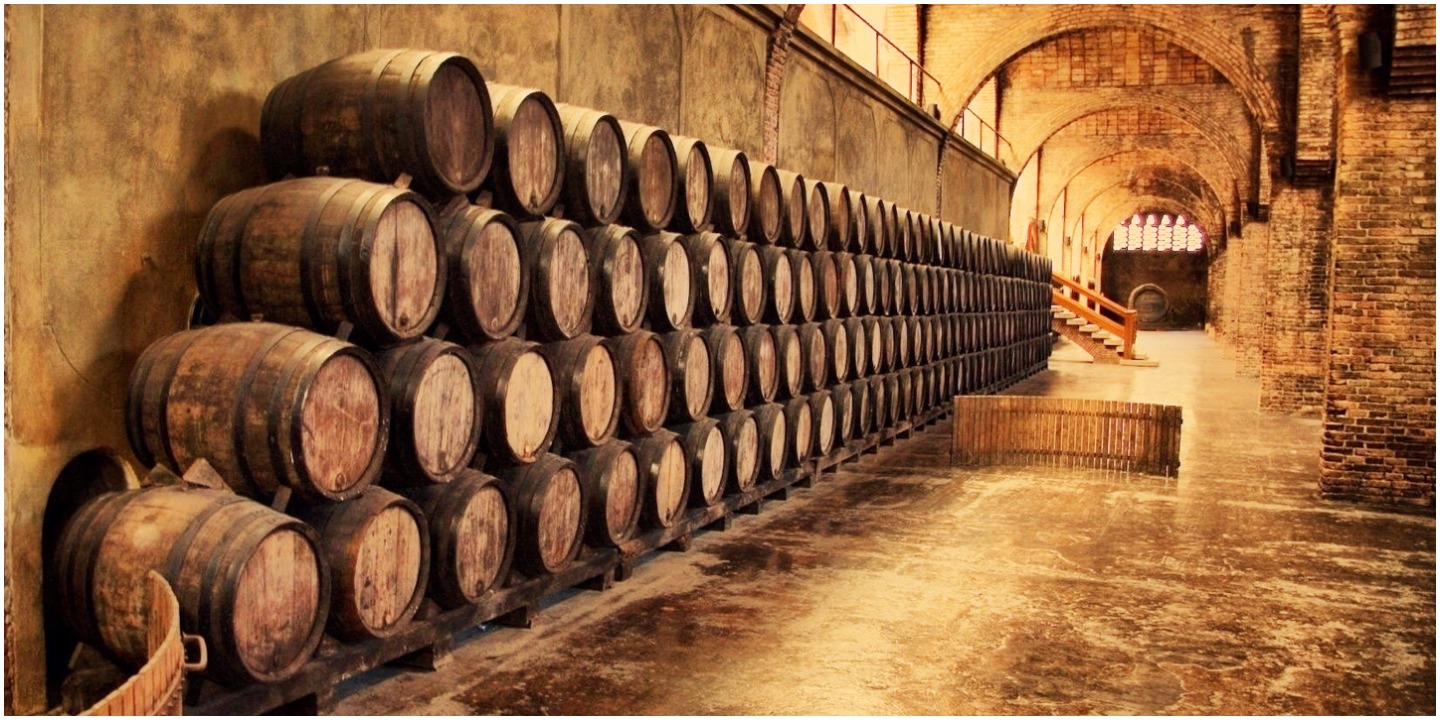Whisky bluff to whisky buff: what is a cask finish?
Uncategorized
In the world of independent bottling, there’s often lots of talk about the casks, maturation and cask finishes.
And that’s for good reason; the time a whisky spends in the cask (or casks) has a huge impact on the character, taste and colour.
Especially when it comes to IBs, there are very few parts of the process more important to the character of a whisky than the time spent in the cask. (Whether that’s the initial period in the cask or the time spent finishing in another cask.)
(We’ll save you the science and history of casks today, but if you’re that way inclined, we’ve written a fairly extensive post on the subject. It uses the Latin names of wood and everything…)
Before we begin, what is a cask finish?
With this one, the clue is in the name: a cask finish refers to a whisky that has been transferred from the primary barrel to a second (and sometimes even third) barrel for extra maturation.
(We call it a cask finish, but you might hear it referred to as secondary maturation, double maturation or wood-finished. They all mean the same thing.)
OK, so how does it differ from the initial maturation?
In many ways, the process is technically the same. The whisky is put in a cask and allowed to interact with the wood.
(Again, if you’re not clued up on how this works, check out our guide on the subject. There’s lots of science about tannins and different types of oak in there. )
However, the finish is different from the initial maturation.
The initial maturation (and distillation) give whisky its main character. They dictate how peaty, smoky or medicinal it’s going to be.
The cask finish adds little (but sometimes not so subtle) finishing touches.
Still a bit lost?
Think of it this way:
Have you ever listened to Dark Side of the Moon by Pink Floyd? Revolver by The Beatles? Pet Sounds by The Beach Boys?
All incredible albums that have one thing in common: they all feature stunning levels of production and experimentation.
Heard live or on a demo tape, every song on the each of the albums is still a great song.
(Well, Doctor Robert could be the exception to that rule – the ‘well, well, well, you’re feeling fine’ refrain might just save it though. What’s that? Get back to writing about whisky? Good call.)
But the production and experimentation adds new layers, introduces new ideas and sounds and picks out details you wouldn’t have spotted before.
And that’s what a cask finish does.
It experiments and enhances to improve something that was already great.
A second stint in a cask adds new flavours to the whisky, introduces a slight twist on its character, picks out flavours you might not have noticed before.
The cask finish doesn’t fight against the inherent character of the whisky, it enhances it.
(We weren’t kidding about experimenting. As ScotchWhisky.com note, cask finishing is ‘a technique largely based on trial and error, and shared learning between distillers – though one that’s far more complex and considered than simply emptying whisky into a second cask and hoping for the best (even if many will admit there is an element of luck involved).’)
However, for something that involves a lot of trial and error, it’s incredibly popular.
In fact, it’s such a common occurrence for independent bottlers to finish their whiskies in casks – particularly sherry casks – that you’d be forgiven for thinking that it’s a process that goes back all the way to the beginning of independent bottling.
But it doesn’t.
Not even close, in fact.
One of the first whiskies with a cask finish was created by Dave Stewart at Balvenie. He wanted to experiment with whisky once it had reached the point of maturation. (In the interest of fairness, Glenmorangie and Diageo were also tinkering and experimenting with sherry finishes at this time too.)
On little more than a whim, he transferred some Scotch into a sherry butt to see what would happen.
Of course, the results were promising.
By 1983, he had created the Balvenie Classic, one of the first doubled matured whiskies on the market.
1983.
That means that the cask finish process is younger than Natalie Portman and Prince William.
It’s younger than Raiders of the Lost Ark.
And it’s younger than the emoticon. (Which was invented in 1982. Who knew?)
But that’s what makes it exciting.
There’s something quite new and thrilling about cask finishes. In an age-old industry with a lot of rules and laws – that many argue stifle creativity and experimentation – an interesting cask finish (perhaps a rum cask? Or a beer barrel?) can introduce new ideas and push the boundaries of whisky.
And that can’t be a bad thing, can it?



